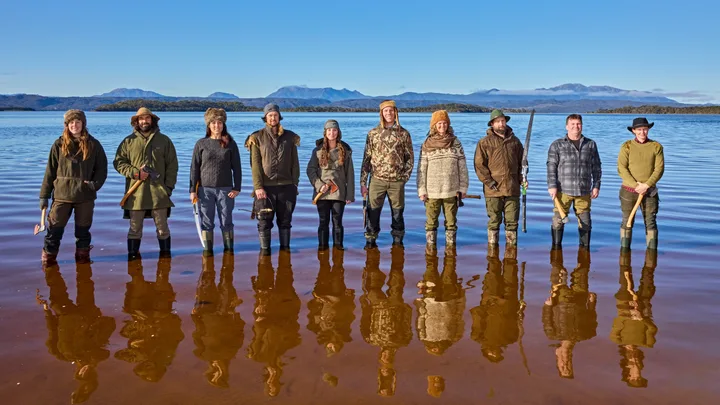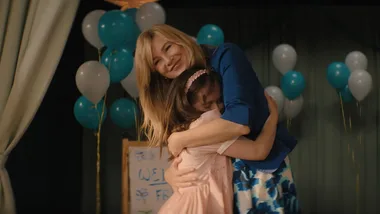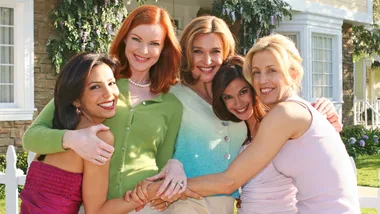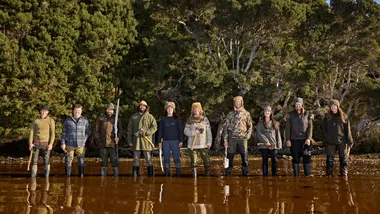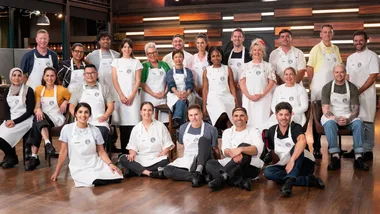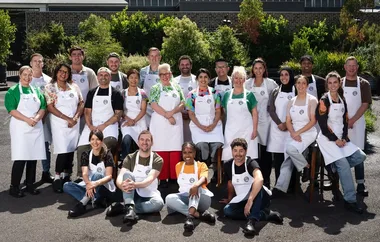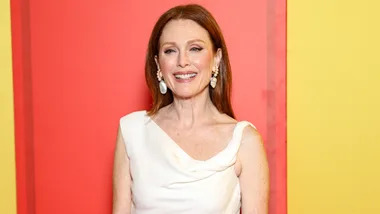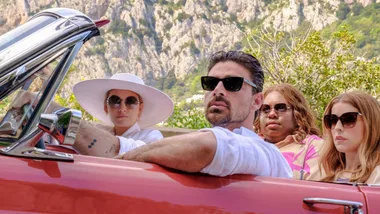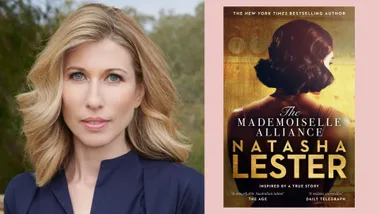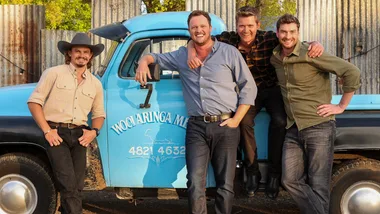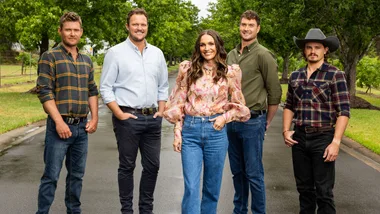When Alone Australia premiered on SBS back in March 2023, the nation was hooked. Together, we watched as ten survivalists landed in the harsh elements of Southwest Tasmania (Lutruwita) with just 10 pieces of survival gear apiece, a camera kit to document their solo journey, and their wits and skills to keep them alive.
Landing far enough apart that nobody would run into each other, there were only three ways to leave the harsh elements: by tapping out, by medical evacuation, or by outlasting the other survivalists and being declared the winner.
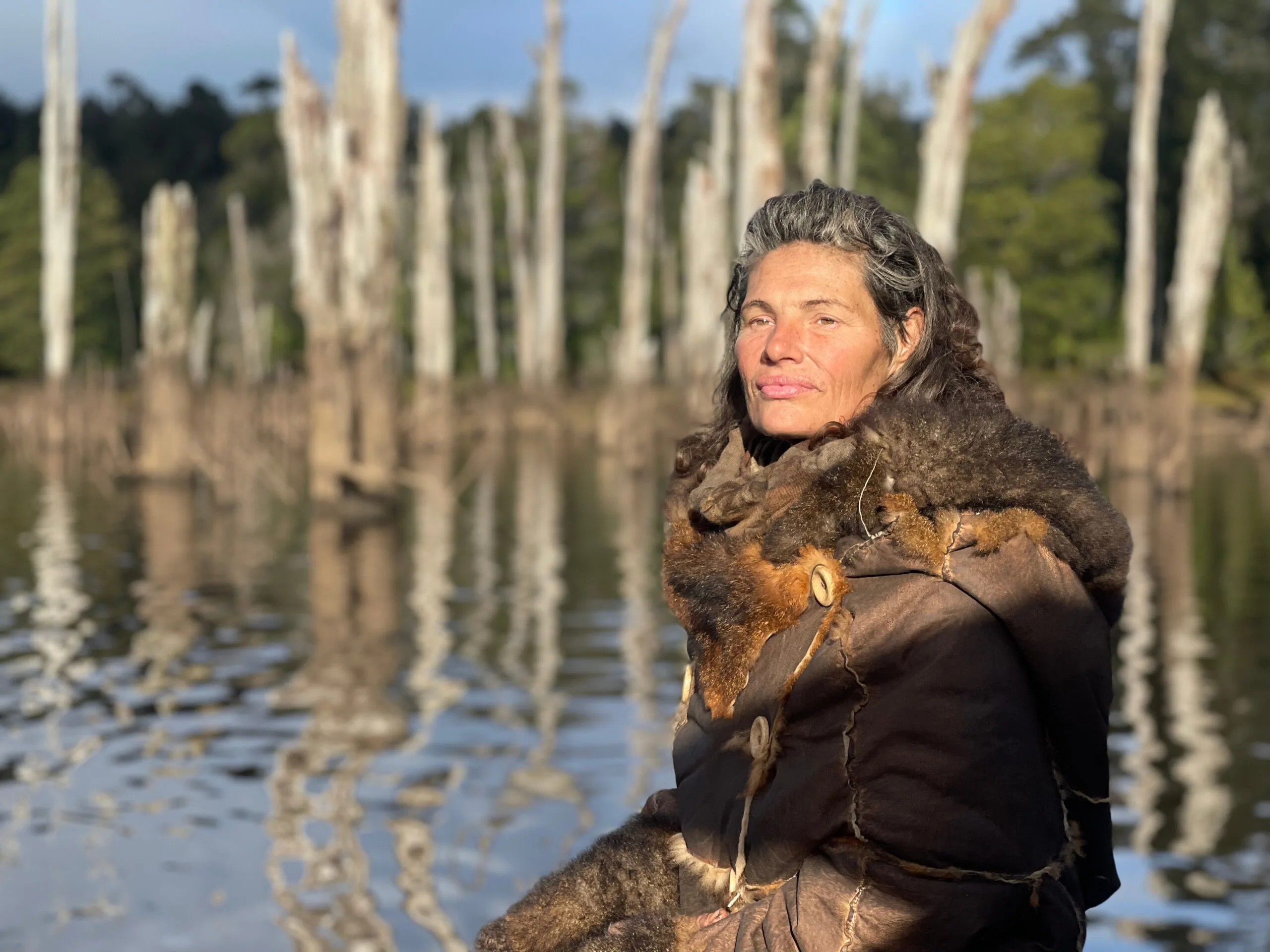
What happened in season 1 of Alone Australia?
The first season was a first in many ways. It was the launch of the series in Down Under, which meant that Alone viewers were introduced to native Australian wildlife, notably marsupials like wallabies and possums. Because of the location of the filming, contestants were restricted by Tasmanian environmental laws and First Nations cultural codes. This meant no hunting at night, no use of baits, live decoys, snares or traps, spears, bows and arrows (a major departure from the US version of the show). Of course, endangered animals were not permitted to be hunted, including Tasmanian devils.
The location chosen for the first season of Alone Australian was on the western coast of Tasmania, the wild west as those in the Apple isle refer to it. It was west with dead tree stumps shooting out of the lake or dam. A bit grim and not the best for fishing.
However, contestants were successful in feeding themselves! In the end, the winner of the first season of Alone Australian was 52-year-old Gina Chick. Gina is a rewilding facilitator who survived 67 days alone, edging out runner-up Mike Atkinson, 45, who was medically evacuated 64 days in after suffering low blood pressure and malnutrition. Gina is the second woman to ever win a season of the Alone franchise.
What happened in season 2 of Alone Australia?
The second season of the popular series moved away from Australia. In season two, which aired in 2024, contestants landed on New Zealand’s South Island (Te Waipounamu, Aotearoa). And with the new location comes new hunting rules. Contestants were permitted to hunt with a bow and arrow in season two. And there were plenty more fauna on the menu with opportunities to hunt wild pig, possum, red deer, and tahr. However, they still need to adhere to local and Indigenous Māori hunting laws. For instance, unlike the first season, contestants were not permitted to hunt or eat eels are they are protected for cultural reasons.
The setting was very different from last season, besides it being in a whole new country, it was 200m above sea level near (or perhaps in) the Fiordland National Park by Lake Manapouri.
It was there that 39-year-old Krzysztof Wojtkowski emerged victorious after 64 days. The Aquaculturalist lasted a day longer than runner-up 54-year-old Wildness Adventure Guide Susan Muir, who quit after days of starvation and pain. Surprisingly, Krzysztof managed to survive without eating meat. He was successful at fishing for eels, but as they are protected, he had to release them.
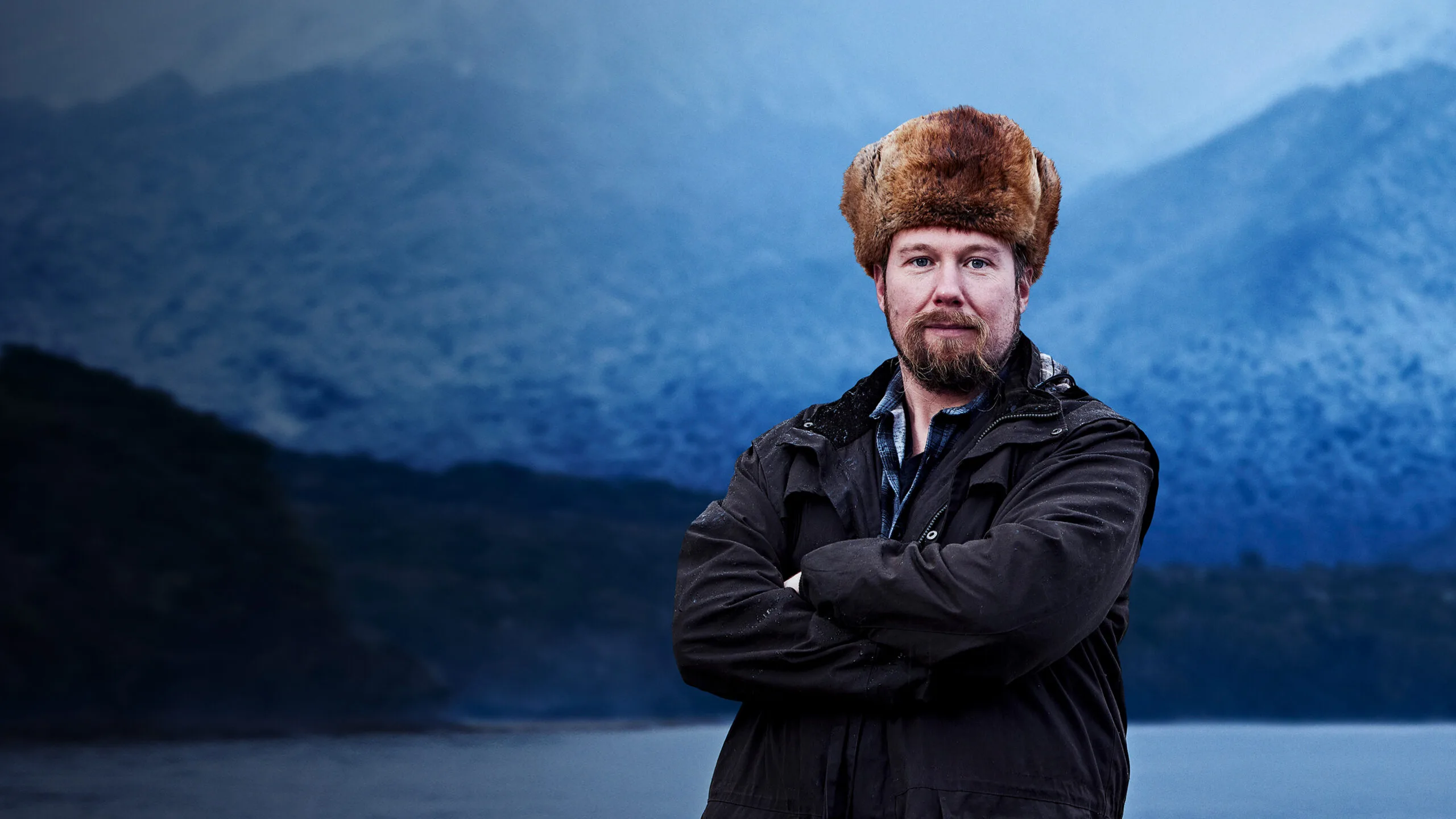
So what can we expect in season three? Read on for all the details …
Where is Alone Australia season 3 filmed?
This time, the 10 contestants find themselves in an all-new location, returning to Australia. They are dropped into what SBS describes as “the unpredictable and unforgiving wilds of the West Coast Ranges of Tasmania (Lutruwita)” in the midst of winter.
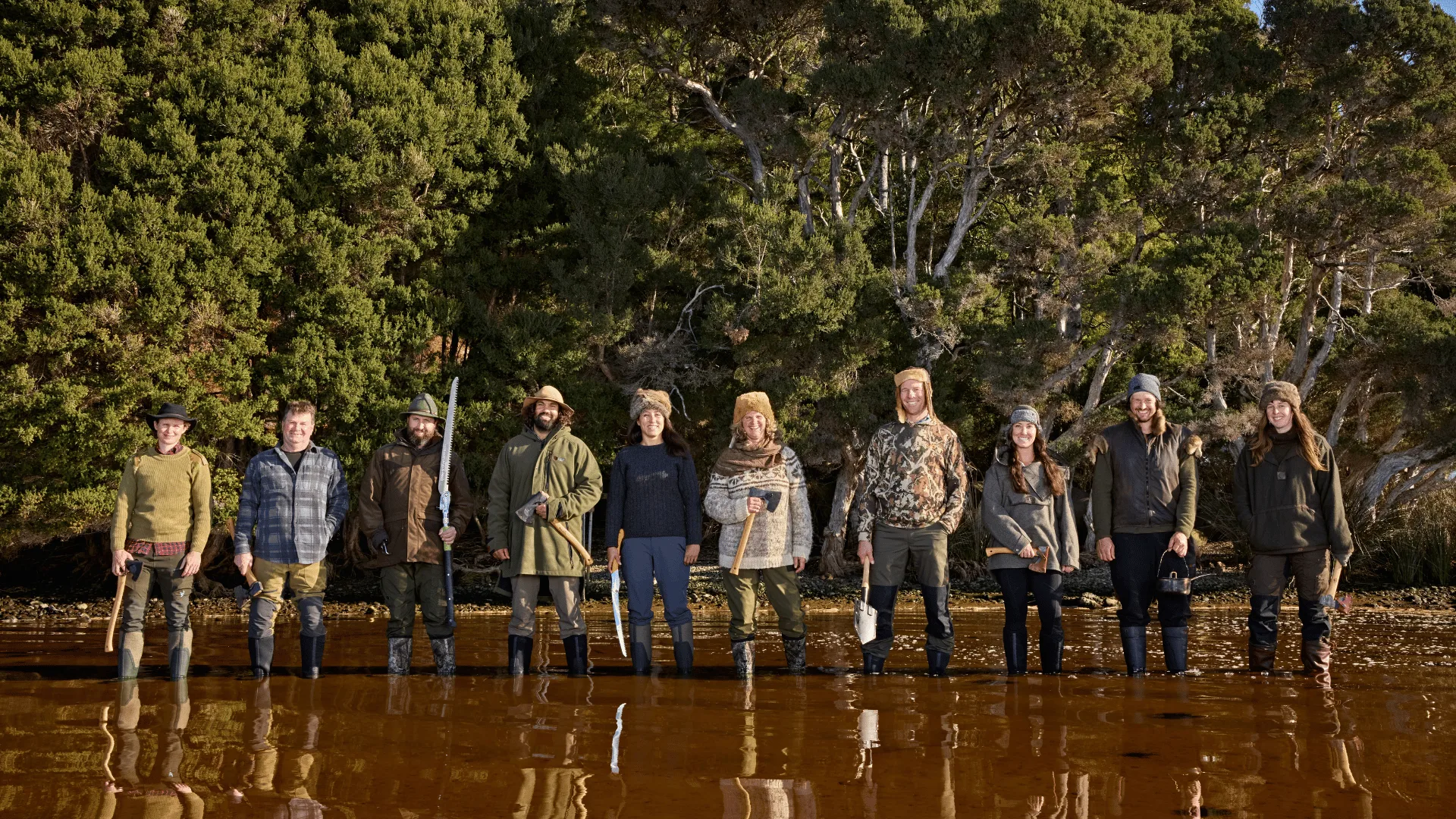
“There is a reason why people don’t live out here,” says one contestant in the show’s trailer. “It’s totally untamed.”
With its wild rivers and jagged mountain peaks, the cold and wet remote location will test not just the physical limits of the survivalists, but their mental resilience. Who will survive longest?
Who are the contestants in Alone Australia season 3?
This year, there are an equal number of women and men in the cast. Here’s who we’ll meet in season three …
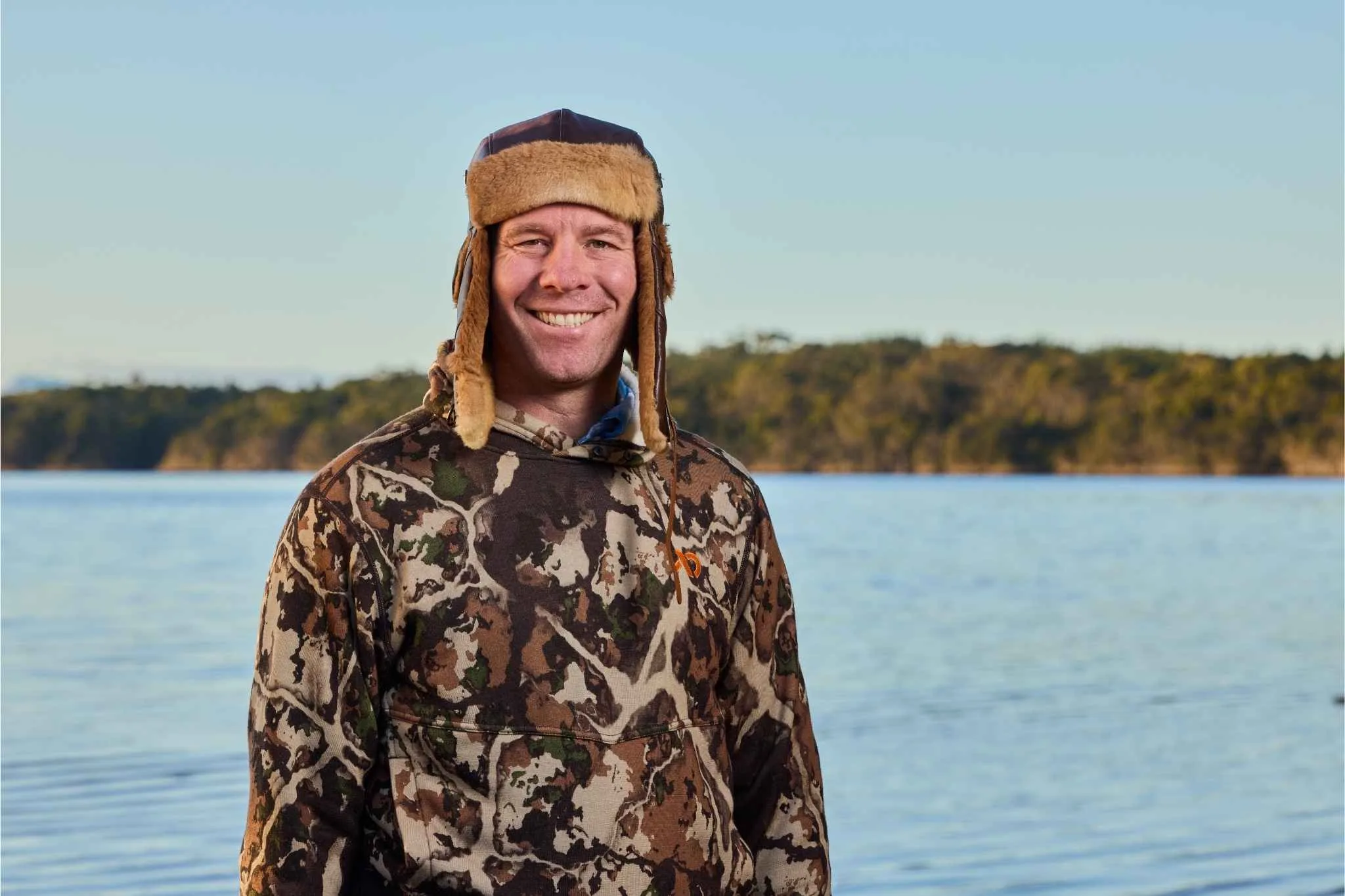
Ben, 38, English Teacher
“Well-versed in his local bushlands, Ben is practised in both live and deadfall trapping techniques and has extensive experience foraging for native plants such as saltbush, wild lettuce, prickly pear, and quandong,” says Ben’s SBS bio.
This dad of three (including a set of twins) spends his weekends obsessively practising bush survival skills in his small South Australian country hometown. A self-professed bush poet and former A-Grade SANFL footballer, Ben’s in top physical condition — could this be his key to winning?
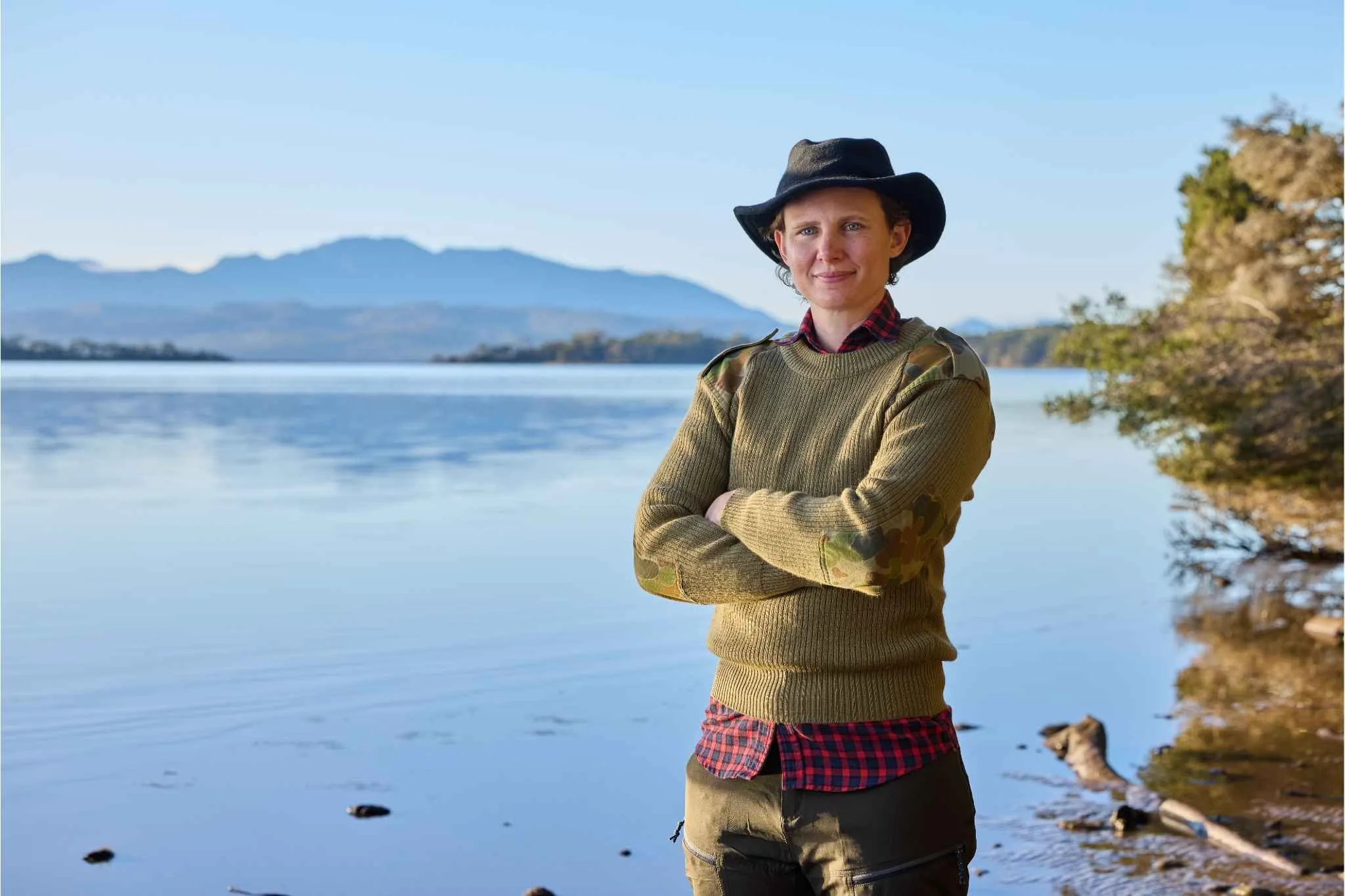
Ceilidh, 34, Disability Support Worker
“Ceilidh is a fearless adventurer who never lets obstacles stand in the way of what she’s determined to achieve — and Alone is no exception,” proclaims the bio for this Sunshine Coast-based competitor.
Deaf since birth, Ceildh was introduced to fishing and a passion for the great outdoors by her father when she was just three years old. A certified carpenter, building designer, and national BMX champion, this resilient challenger hopes to inspire young girls in the deaf community to get out into nature themselves.
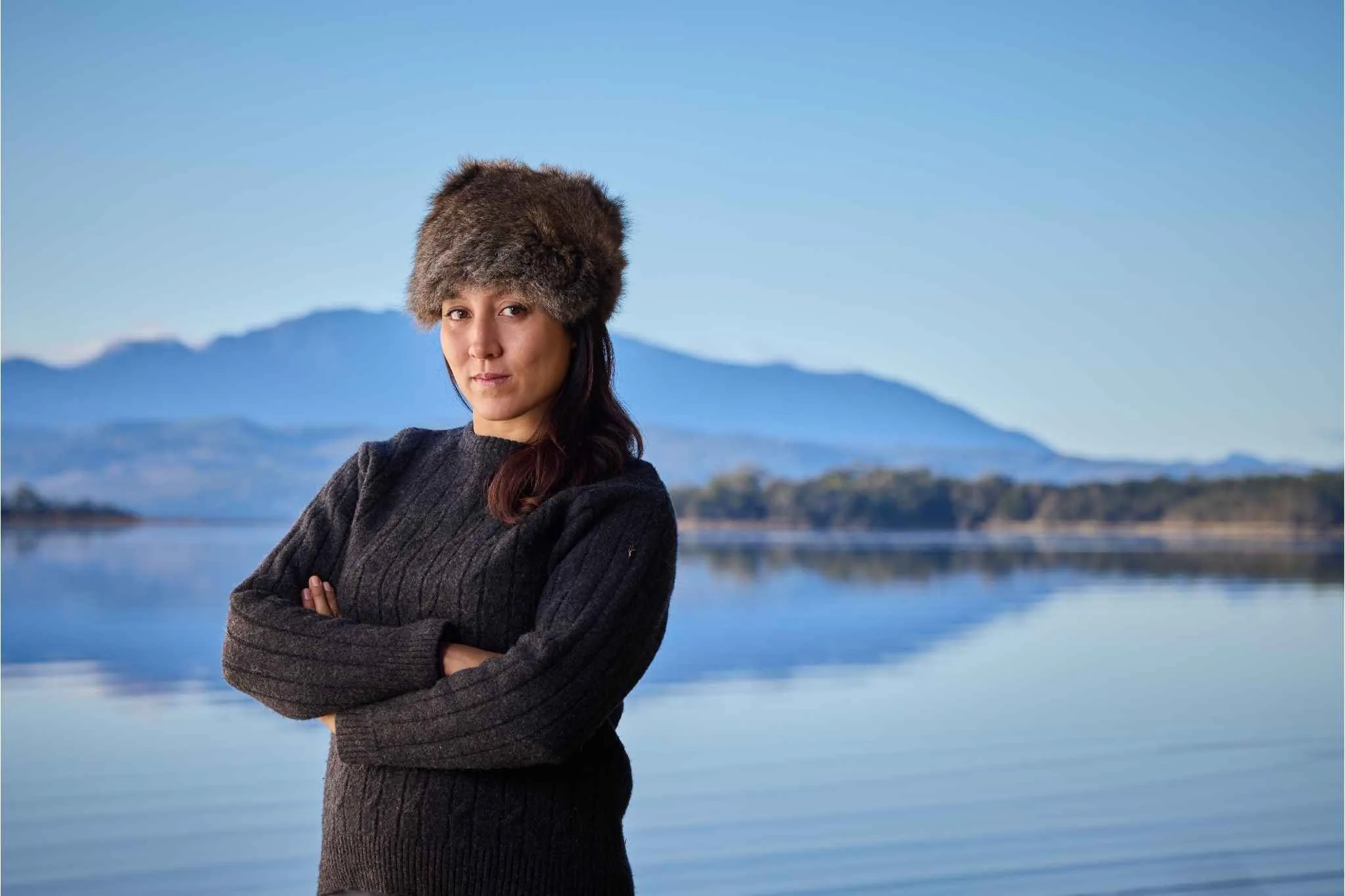
Corrine, 38, Food Safety Consultant
“Self-taught and fiercely self-reliant, Corinne is a true do-it-yourselfer. She can butcher a carcass and tan a hide, but there’s one challenge she has yet to face: taking an animal’s life,” says Corrine’s bio.
Scottish woman Corrine lives alone on 10km of bushland in Tasmania with just chickens and a goat for company. She is adept at bushcraft and thrives on working with natural materials, crafting utensils, baskets, and traps. However, foraging is what she calls her true survival forte. Already used to the landscape, will this be her secret weapon?
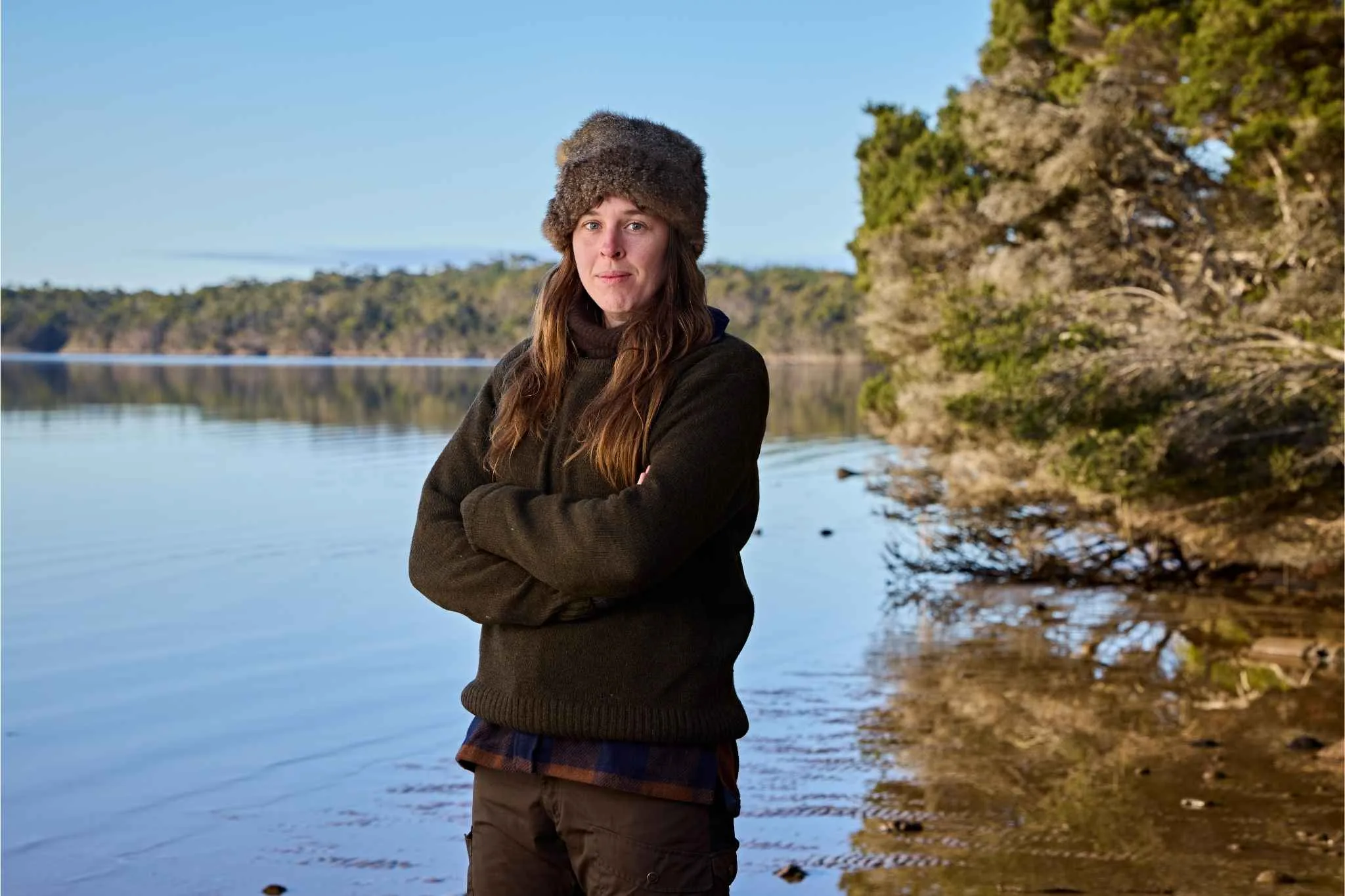
Eva, 31, Rewilding Facilitator
Eva, says her bio, came to nature later in life. “Shaped by city and party culture in her youth, she discovered the natural world as a young adult. This revelation completely shifted her path; she left her former life behind to embrace the wilderness, which now defines both her lifestyle and work.”
She may have come late, but she’s certainly embraced the challenge. Having lived mostly outdoors for the past six years, she’s an adept forager and is skilled in bushcraft. But while she’s adept in foraging and fishing, hunting is something new to Eva which could prove a downfall.
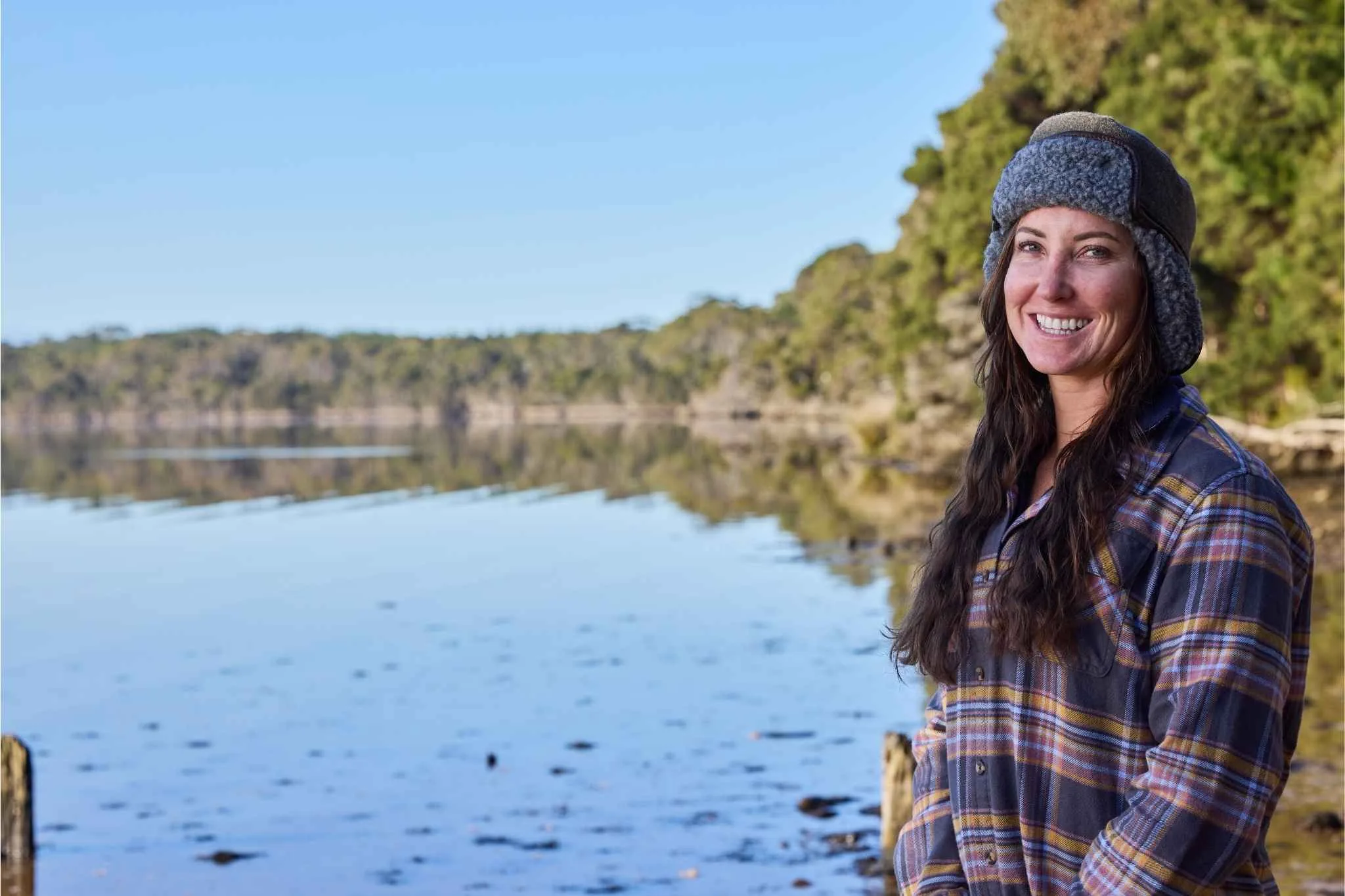
Karla, 35, Expedition Leader
“Karla has worn many hats,” says her bio, “Wildlife zookeeper, commercial helicopter pilot, Kimberley fishing guide, and member of the Army Reserves among them. All will serve her well as she faces the challenges of Alone.”
This life-long nomad from Queensland lives out of her 4WD. A former Girl Guide, she’s now a seasoned big game hunter as well as adept in trapping, fishing and foraging. “Bush tucker is my jam.” she says, “I’ve eaten scorpions, snails, spiders, and mealworms — foraging is what I rely on the most in the wild.”
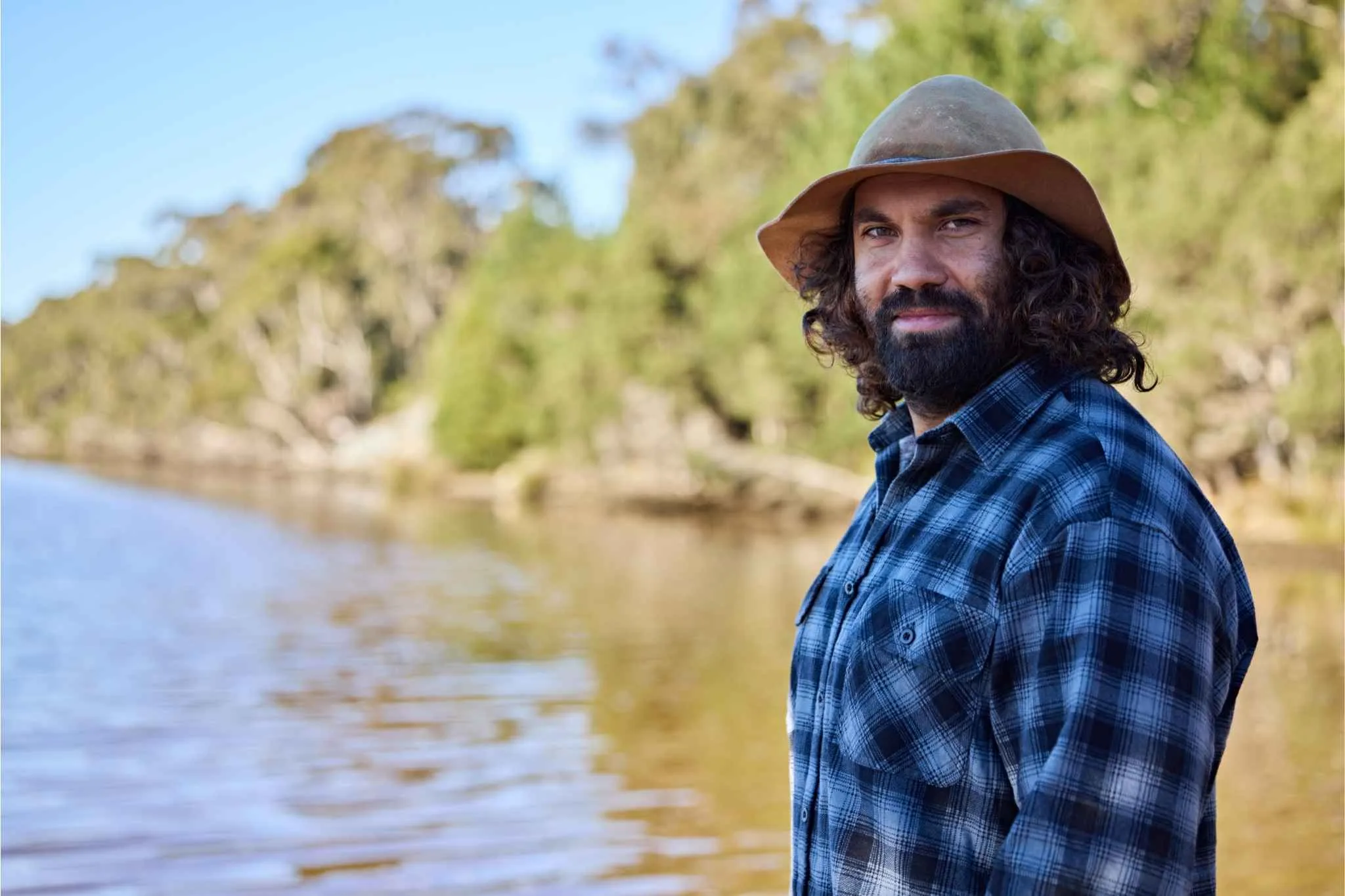
Matt, 31, Indigenous Youth Worker
“Identifying as a Yanyuwa, Waanyi/Garawa man, Matt’s deep connection to culture stems from the teachings of Aboriginal elders and community leaders from Yawuru — Broome — where he lives rurally with his wife and two children,” proclaims Matt’s bio.
A former professional rugby player for the Canberra Raiders and the NZ Warriors, Matt grew up on a cattle station and has been called back to the land. A member of the Australian Bow Hunters Association, Matt is adept in traditional practices including goanna hunting, spearing stingrays, pig hunting and fishing in the shallows as well as being resourceful in bushcraft. But while he’s used to the coastal Kimberley, will the icy chill of Tasmania’s West Coast Ranges prove a challenge?
In episode 3, Matt made the decision to tap out after 16 days. He had success catching eels, and his shelter was in top condition. He was in a solid routine, but the emotional challenge was insurmountable. He missed his family: his wife and two children, three-year-old Remy and Lani, just one year old. He couldn’t stop thinking about missing out on things happening back home.
“I don’t want to be crying every day,” Matt remarked before calling the production team.
“I just hope my family is proud of me and they’re not too disappointed in the short amount of time that I’ve spent here.”
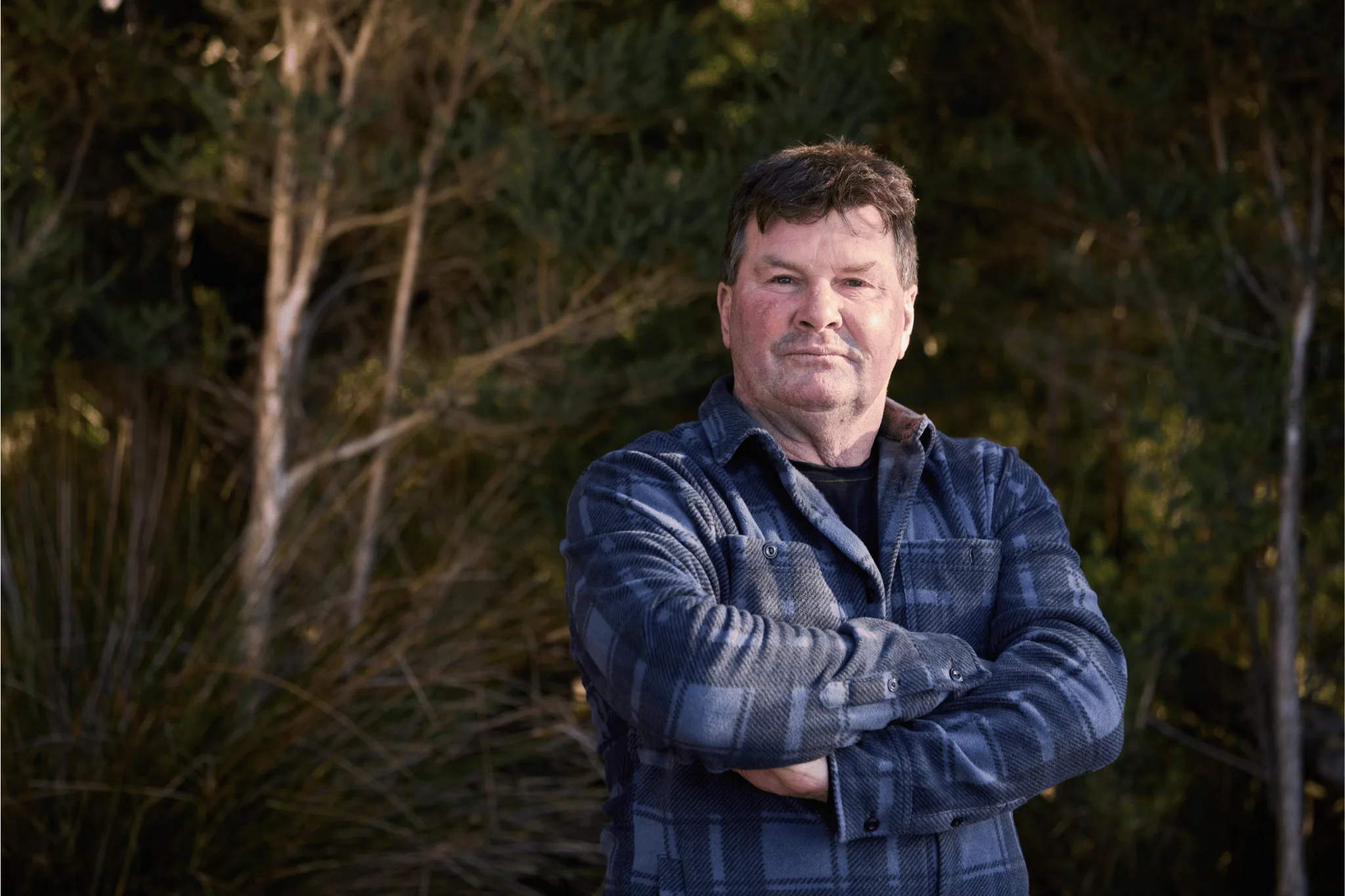
Muzza, 63, Bushman
He may be Alone Australia‘s oldest-ever competitor, but don’t let his years fool you. “With the fitness and strength to match his adventurous spirit, this professional bushman and gifted storyteller has lived a life as rugged and varied as the Australian outback itself,” says his official bio.
Currently retired in Tasmania, Muzza’s rich life has seen him traverse the country as a farmer, FIFO worker in the Pilbara, gold hunter, roo shooter, tuna fisherman, and pump mechanic — to list just a few of his stints.
Across a lifetime well-lived, Muzza has acquired fishing, hunting, bushcraft, tracking, trapping, and building skills. “I want to be the inspiration for my age group to get off their arses and challenge themselves,” he says. “People hit their 60s and think they’re old — bullshit!”

Shay, 30, Professional Trapper
“Shay’s motivation for Alone Australia is clear,” says his bio. “The prize money offers a chance to live debt-free and off the grid, securing a self-sufficient future for his family. But the adventure presents a personal challenge — he’s never been away from his two daughters for more than two weeks.”
The only Kiwi in the mix, Shay says he’s always felt most at home in nature. Having made a living as a possum trapper since 16, he spends long periods in the depths of the bush. There he hunts for meat and fur to support his family.
Living from sustainable, wild food, says Shay is “just better.” Shay also documents his adventures on his YouTube channel. “No chemicals. Better for the environment. You play the role of a predator and provide for your family. Win/win.”
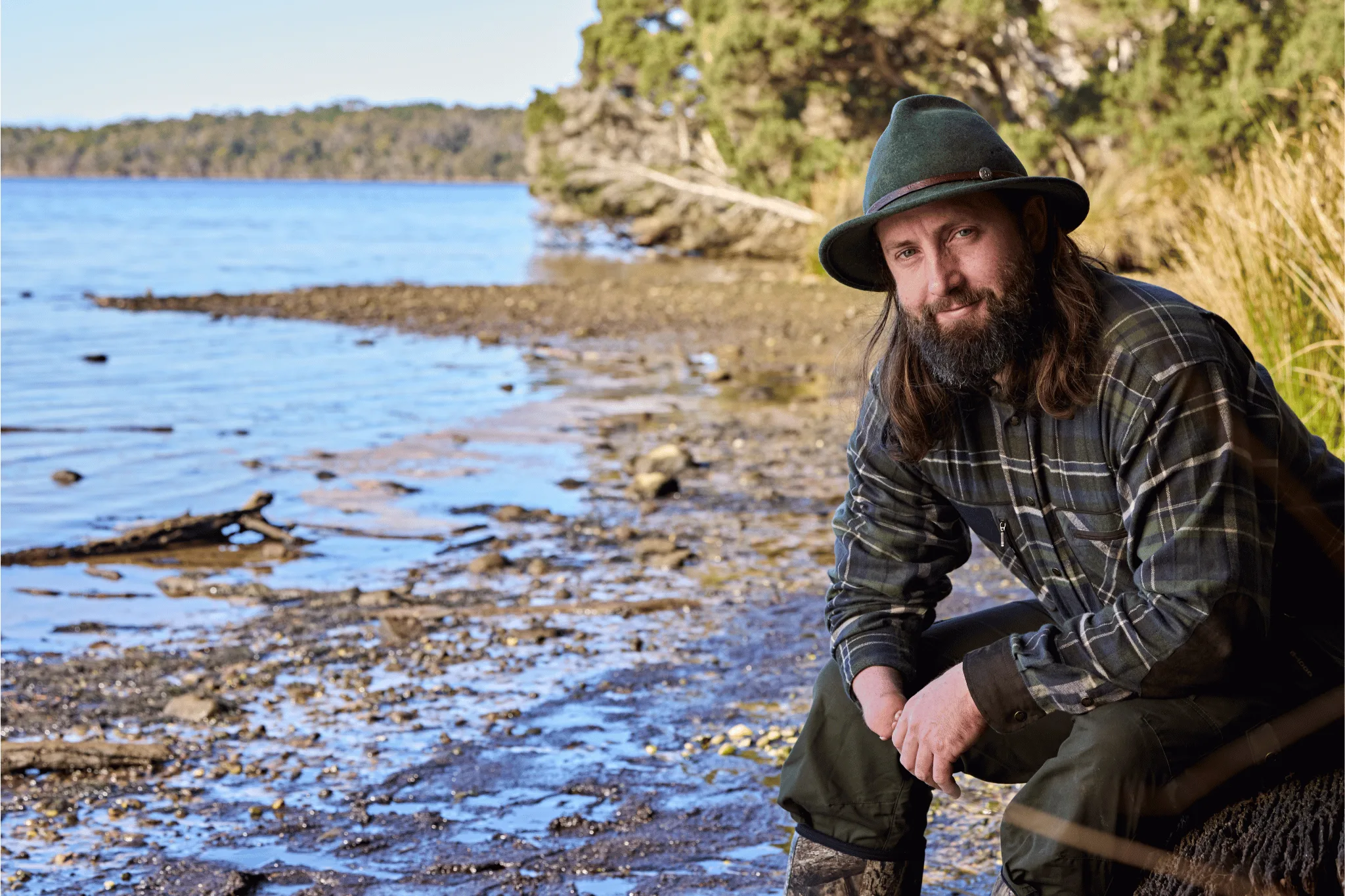
Tom, 33, Ecologist
“An expert in trapping, plant and insect identification as well as foraging, Tom has refined his skills through years of study and practice,” promises his bio. “Fishing, a lifelong passion, is where he truly excels, having mastered various techniques across all water types.”
Having been born without his right hand due to symbrachydactyly — a rare condition where a baby is born with short, webbed, or missing fingers — Tom has spent his life adapting to challenging activities from hunting to rock climbing.
Currently a stay-at-home dad, before he started a family, Tom’s adventures took him around the world. He has embarked on trailrunning, kayaking and more from Patagonia to Antarctica. In addition to nurturing his family from foraged foods and wild game, he works as a zoo educator and runs his own nature business.
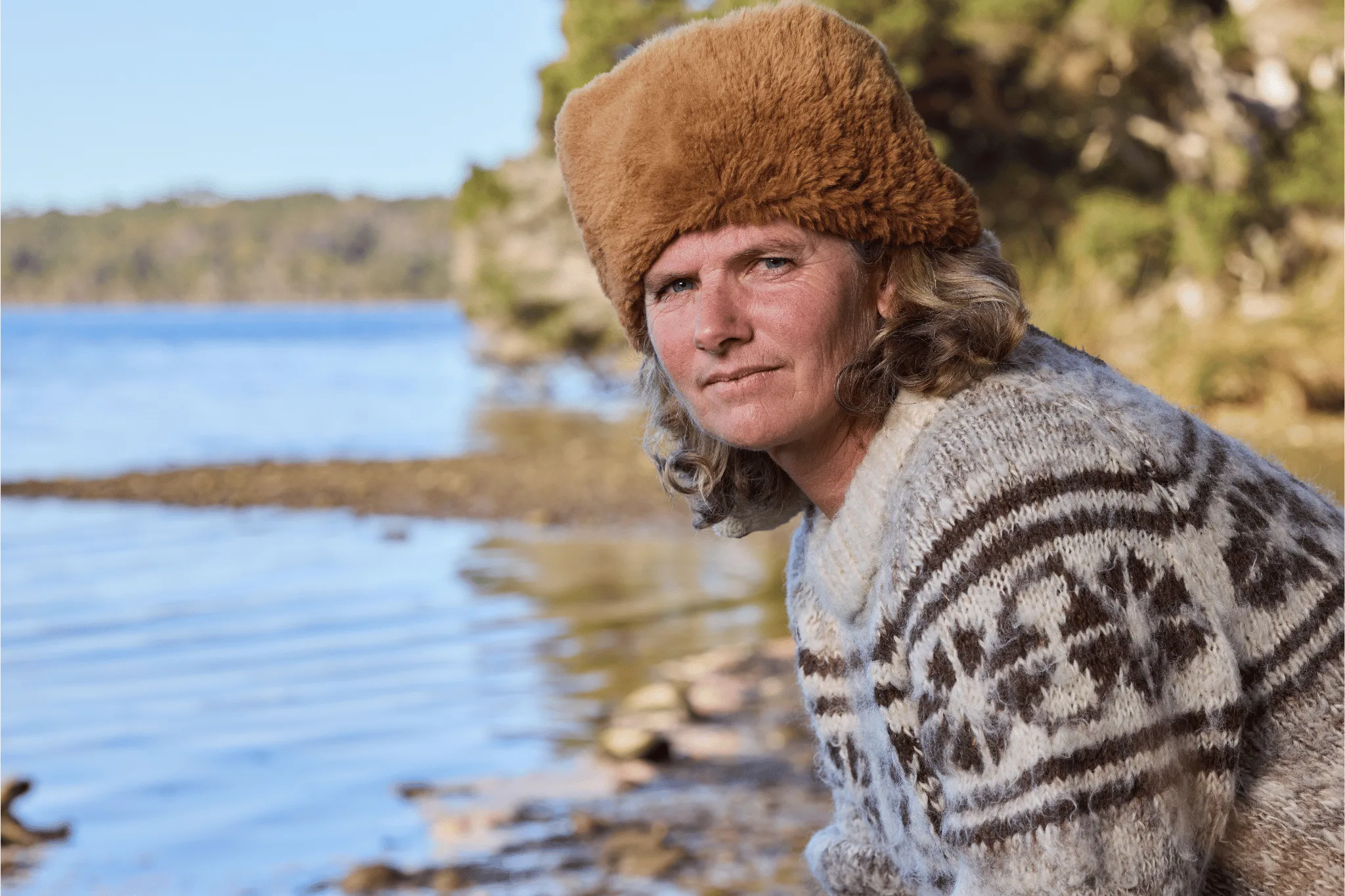
Yonke, 52, Farmer and Permaculturalist
Yonke’s “exceptional ability to identify and use what nature offers has been central to her survival, giving her a deep confidence heading into Alone,” says her bio. “This talent, honed through years of
farming and living off the land, allows her to solve problems instinctively, making the most of every resource the wilderness provides.”
A single mum to an 11-year-old daughter and twin teenage boys, Yonke manages a 20-acre permaculture farm in rural Victoria.
Raised by an adventurous single mother, Yonke — who has Dutch heritage — has travelled the world to understand how communities thrive.
“I’ve spent my life looking at how humans connect with the wild world, through anthropology, ethnobotany, forestry and this is the next of level of it all,” she says. “I just want to know what it feels like to completely rely on nature to sustain myself.”
What is the prize for Alone Australia season 3?
Just like seasons one and two, the winner of Alone Australia season 3 will take home a whopping $250,000.
How many episodes are there in Alone Australia season 3?
Alone Australia will have twelve episodes in its third season.
When does Alone Australia season 3 premiere?
Alone Australia season three drops with a double episode premiere on Wednesday, March 26, on SBS and SBS On Demand.
